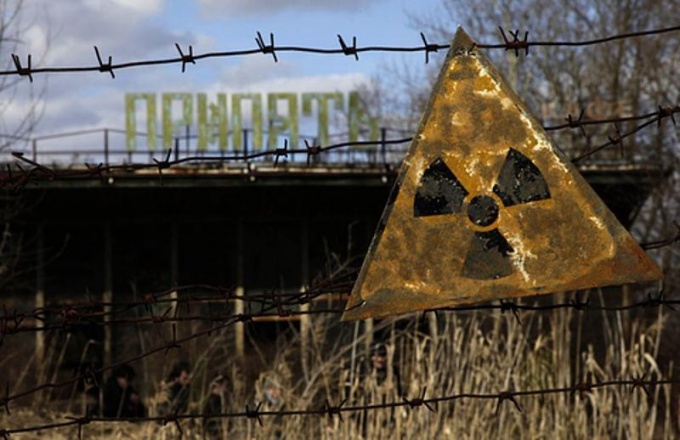Dead zone
Before the Chernobyl accident Pripyat was developing a young city (the median age was 26 years), with a population of about 50 thousand people. Now it is a Ghost town, located in the most polluted 10 km zone, the so-called sector is the area of the burial grounds, it was here in a hurry buried what was dumped from the reactor.
Now this area is contaminated with transuranic isotopes and is considered dead forever. People in Pripyat, not live, but twice a year special buses bring back former residents to visit the graves of relatives. Life in these territories will be able to return only after several millennia – a period of disintegration of plutonium is more than 2,5 thousand years.
Today Pripyat is terrifying spectacle. It looks like a huge architectural graveyard, hidden in the thickets of dense forest. But, oddly enough, is many who want to experience the atmosphere of the dead city and see what life can be after people. Trips to Pripyat are very popular. Although this is rather dangerous and an extreme kind of tourism, because the level of radioactive dust, which is firmly ingrained into the soil, trees, houses here are still through the roof.
In addition, under the influence of the environment, most of the buildings are crumbling and are in disrepair. In the city there are only a few objects specprojekta, garage equipment, the deironing station and the water fluoridation and the checkpoint at the entrance to Pripyat.
The rebirth of life
A little further from NPP 30 km zone, begins to warm life. In Chernobyl, located 18 km from the source of radiation, is home to employees of some companies working in shifts, and more than 500 squatters – people who, despite existing legislative limitations, still dare to return to their homes after the mass relocation of 1986
Every year the number of squatters is increasing. Some use the housing like cottages, others come to stay permanently. Over the years of alienation, there was formed a unique natural reserve with rich flora and fauna. The people are engaged in agriculture, fishing, and without the fear of eating home-grown vegetables, collected mushrooms and berries.
In the center of Chernobyl and occasionally you can even hear the sounds of repair, some buildings put in Windows. The only place in Chernobyl, which lives and rolls in colors, – the Church of Elijah. The family of a local priest is one of those who returned to their homes.
In recent years, the lives of people living in the exclusion zone, has improved somewhat: the state was to pay them benefits, restore lost documents, organized supply of necessary products. The squatters do not deny the obvious environmental and radiation problems, so treat tincture of Kalgan, in the belief that this herb has healing properties and helps remove harmful substances from the body.
